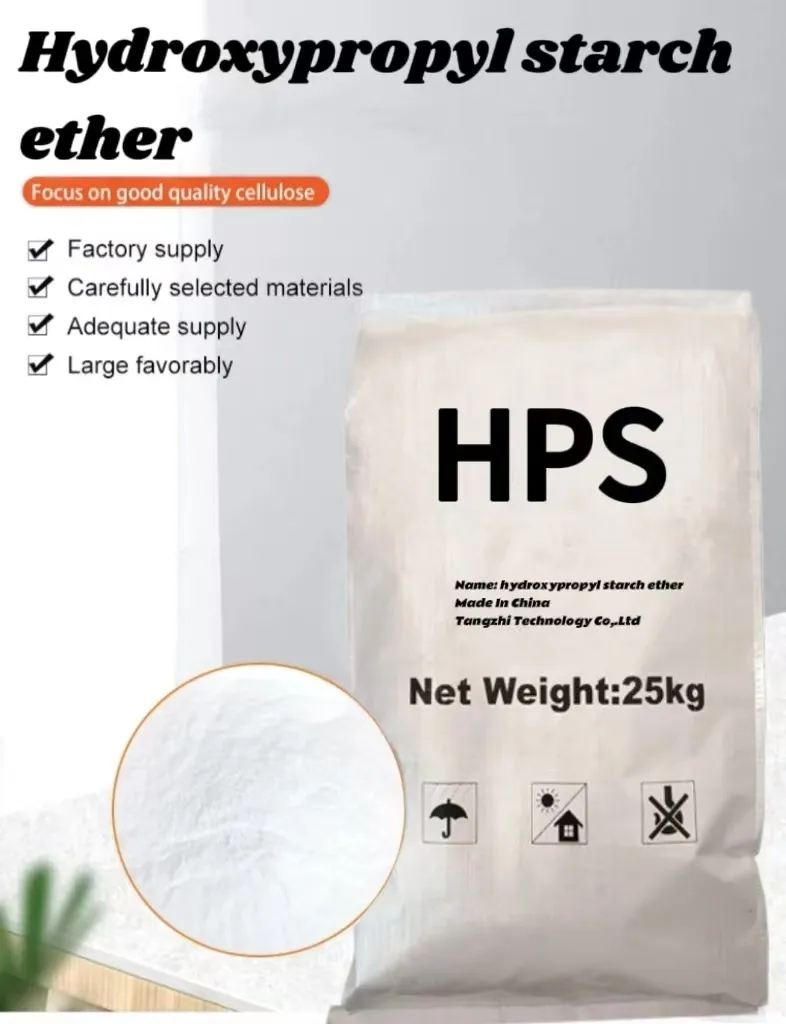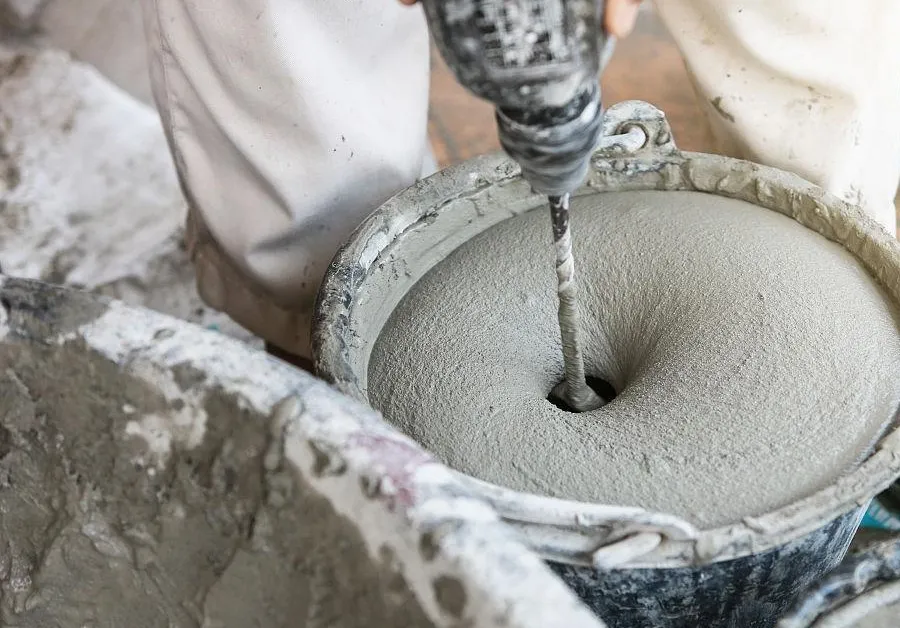
Modified Starches in Modern Industry: Functional Applications and Market Trends
Modified starches have become essential functional ingredients across industries such as construction, food processing, pharmaceuticals, and personal care. Among the most widely used are hydroxypropyl starch ether, hydroxyethyl starch, and hydroxypropyl distarch phosphate E1442. Each of these starch derivatives plays a unique role, offering improved performance compared to native starches.

Understanding the Role of Modified Starches in Industrial Formulations
Hydroxypropyl starch ether is a modified starch commonly used in dry mix mortars and construction chemicals. It improves water retention, workability, and cohesion in tile adhesives, plasters, and self-leveling compounds. Its ability to enhance viscosity and surface adhesion makes it an important additive in construction-grade formulations.
In the pharmaceutical and clinical sectors, hydroxyethyl starch is primarily used as a plasma volume expander. Its molecular structure allows it to retain water within the bloodstream, making it useful in emergency and surgical settings. One specific variant, hydroxyethyl starch 130 0.4, is widely studied and used due to its favorable pharmacokinetic profile—offering controlled plasma expansion with reduced side effects.
Meanwhile, hydroxypropyl distarch phosphate E1442 is commonly used in the food industry. As a thickening agent and stabilizer, E1442 improves texture, freeze-thaw stability, and shelf life of processed foods such as sauces, soups, and ready meals. Its resilience under acidic and high-temperature conditions makes it a preferred choice in both industrial and home food applications.

Market Access and Product Information
The global market for modified starches continues to expand due to rising demand for better product stability, functional performance, and environmentally friendly solutions. For industries looking to source these materials, several options exist across international suppliers, often under various grade specifications and packaging formats.
Hydroxypropyl starch ether is typically available in powder form and shipped in 25kg bags or larger bulk quantities. It is crucial for manufacturers in construction chemicals to ensure compatibility with cement-based systems and test the product’s rheological performance. Many suppliers offer technical data sheets and formulation guides to ensure optimal use in mortar, render, and adhesive systems.
Hydroxyethyl starch, including hydroxyethyl starch 130 0.4, is usually distributed in medical-grade packaging with strict quality control. Hospitals and pharmaceutical manufacturers must follow regulatory guidelines to ensure safety, especially considering its intravenous use. For this reason, product traceability, molecular weight analysis, and certification are standard requirements.
For food manufacturers, hydroxypropyl distarch phosphate E1442 is sold under various food-grade certifications. As a clean-label alternative to synthetic stabilizers, E1442 is especially valued in gluten-free and low-fat product lines. When sourcing this ingredient, food companies often require kosher, halal, and non-GMO compliance along with precise labeling of origin and processing standards.

FAQ
What is hydroxypropyl starch ether used for?
Hydroxypropyl starch ether is primarily used in construction materials such as tile adhesives, plasters, and dry mortars to improve water retention and workability.
What is hydroxyethyl starch and where is it applied?
Hydroxyethyl starch is a modified polysaccharide used as a plasma volume expander in medical treatments for shock, surgery, or trauma care.
What is hydroxyethyl starch 130 0.4?
Hydroxyethyl starch 130 0.4 is a low-molecular-weight variant with favorable pharmacokinetics, offering stable plasma volume expansion with fewer renal side effects.
Where is hydroxypropyl distarch phosphate E1442 used?
Hydroxypropyl distarch phosphate E1442 is a food additive used as a thickener and stabilizer in sauces, soups, and frozen meals due to its resistance to heat, acid, and freeze-thaw cycles.
Are these modified starches safe?
Yes, when used as directed. Hydroxypropyl starch ether and hydroxypropyl distarch phosphate E1442 are considered safe for industrial and food applications, respectively. Hydroxyethyl starch 130 0.4 is regulated for medical use with oversight from health authorities.
Can hydroxypropyl starch ether be used in eco-friendly products?
Yes, it’s biodegradable and compatible with sustainable construction practices, making hydroxypropyl starch ether a preferred option in green building materials.
Modified starches like hydroxypropyl starch ether, hydroxyethyl starch, and hydroxypropyl distarch phosphate E1442 have become critical components in a wide range of industries. From enhancing mortar performance to improving food texture and serving as life-saving plasma expanders, these starch derivatives offer both performance and safety. With growing demand for functional, eco-friendly ingredients, understanding the role and sourcing of modified starches—such as hydroxyethyl starch 130 0.4—is essential for manufacturers and formulators alike.
-
Hydroxypropyl Starch as a Sustainable Construction AdditiveNewsNov.24,2025
-
The Gelation Properties of CMCNewsNov.21,2025
-
Redispersible Latex Powder and Water Retention CapacityNewsNov.21,2025
-
Dosage Control for Polycarboxylate Water ReducerNewsNov.21,2025
-
Film-Forming Properties of Polyvinyl AlcoholNewsNov.21,2025
-
The Function of Gypsum Additives in MortarNewsNov.21,2025





















